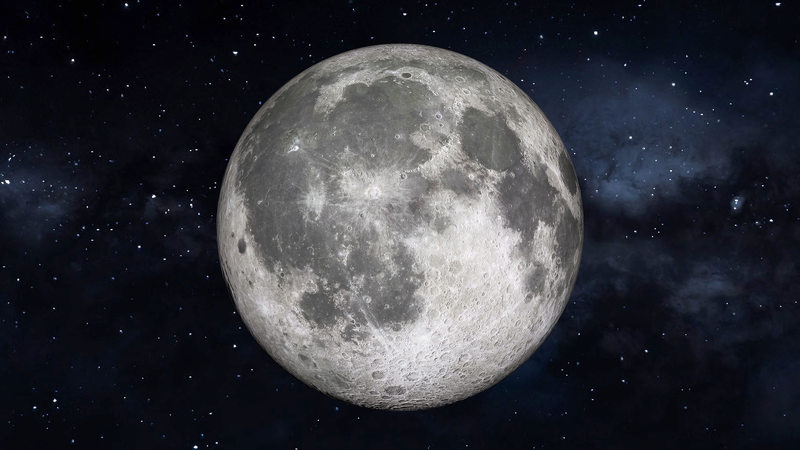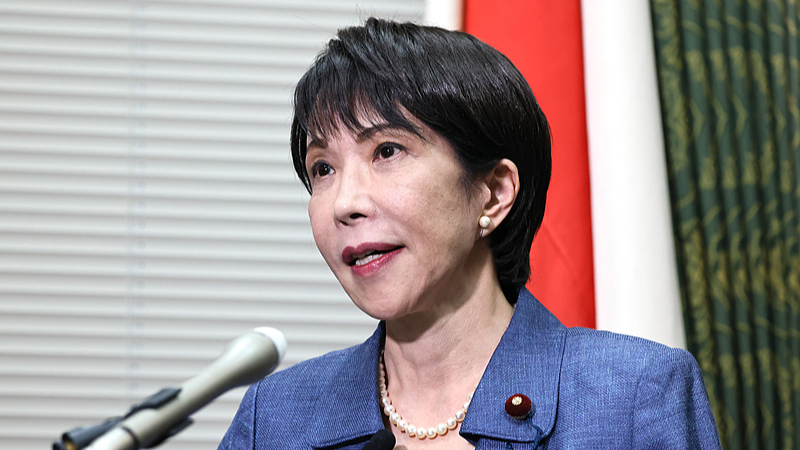When China's Chang'e-5 mission landed back on Earth with nearly 1.7 kilograms of lunar material in December 2020, it marked the first sample return since the 1970s. Now, French scientists at the Institut de Physique du Globe de Paris (IPGP) are applying cutting-edge isotope testing to these moon rocks, aiming to decode the lunar formation and evolution story.
This work is part of a wider initiative announced by the China National Space Administration on April 24, opening Chang'e-5 samples to global partners. Institutions in France, Germany, Japan, Pakistan, the United Kingdom and the United States can borrow these precious specimens, fueling international lunar research like never before.
Isotope Testing: A Window into Moon History
By measuring variations of rare elements like strontium and neodymium, IPGP researchers can pinpoint when the moon's crust solidified and how it changed under cosmic influences over billions of years.
Why Global Collaboration Matters
This China-France partnership exemplifies a trend toward open science, where shared data accelerates discoveries. For young entrepreneurs and tech enthusiasts, it underscores how cross-border teamwork can drive innovation on Earth and beyond.
The Road Ahead
- Extended sample sharing with additional countries and institutions
- Advanced analytical techniques to refine lunar chronology
- Implications for future crewed missions and in-situ resource utilization
As the Chang'e-5 samples journey across labs, they remind us how the next giant leap for humanity often starts with shared knowledge and curiosity.
Reference(s):
Chang'e-5 lunar samples support joint China–France moon research
cgtn.com

